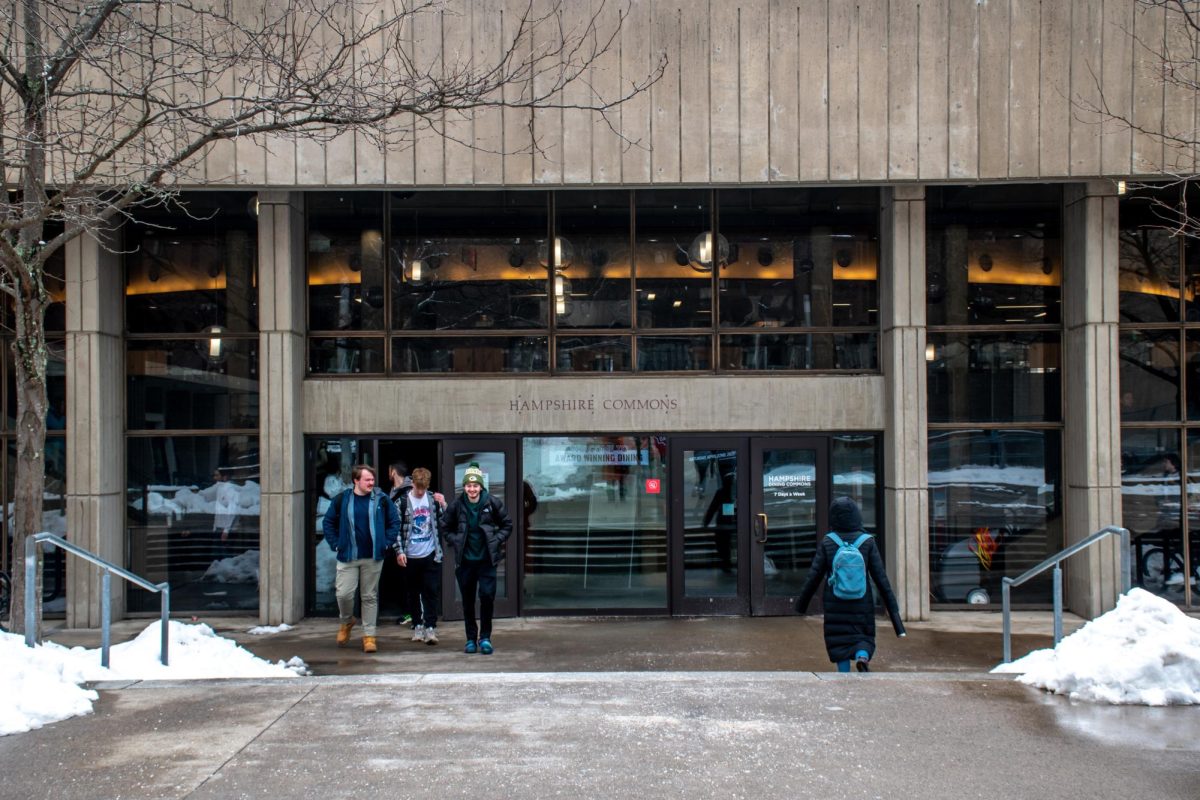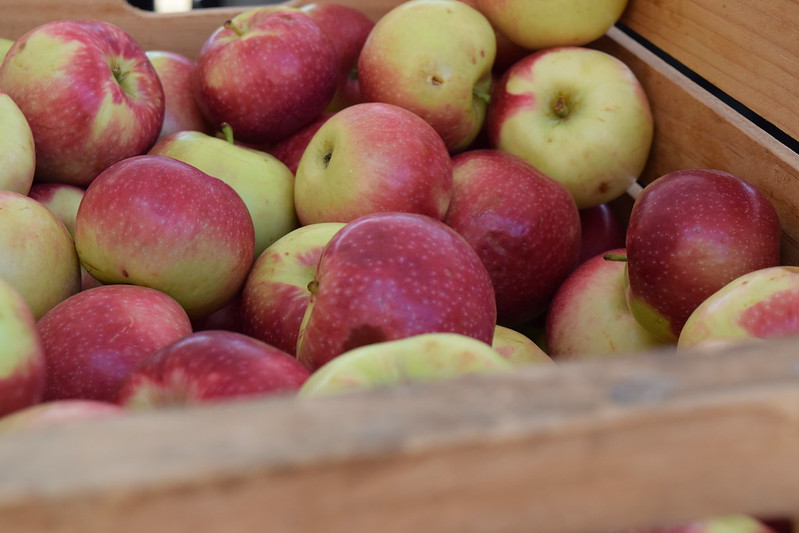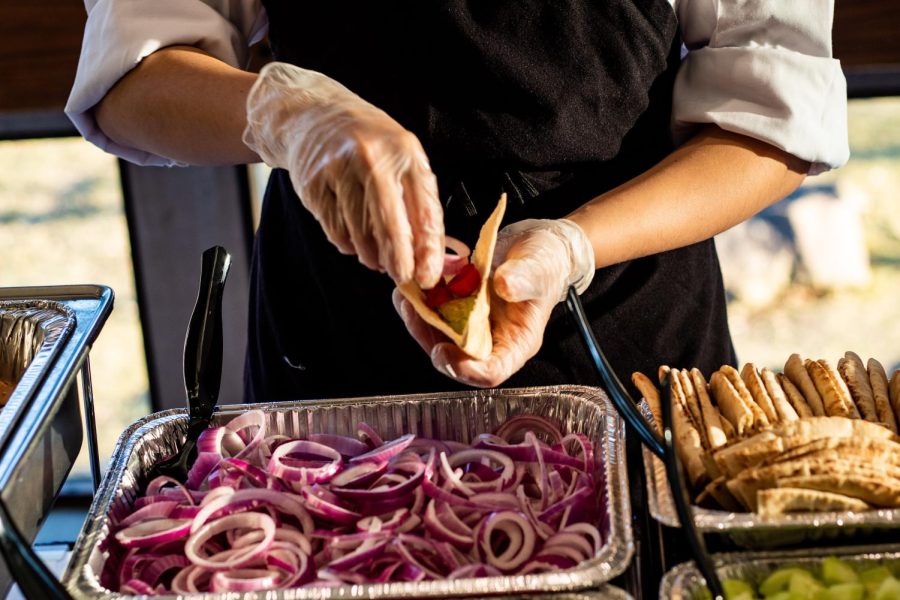
Massachusetts has been suffering the effects of a riveting drought this year, following a low level of snowfall last winter. The majority of eastern Massachusetts as well as the central portion of the commonwealth is currently suffering from a D3 level ‘Extreme Drought’.
The drought impacts students attending University of Massachusetts on a minor scale, since they have been requested to reserve water by taking five minute showers and turning off the sink while brushing teeth. Those drawbacks are minuscule compared to the ones that some growers face, people who dedicate their lives to growing Massachusetts’s crops.
According to Sonia Schloemann of the UMass Extension Fruit Program, the situation is dire for many farmers and inconvenient for those who have the tools to help them through this period of stunted growth.
“This past summer has been one of the driest summers in a very long time. It affects the crops,” said Schloemann. “For many people, the source of water they have, whether it’s a pool or another body of water, has completely dried up.”
For the farmers who can irrigate crops the downside, comes in added expenses from moving the pipes and setting things up, added Schloemann.
Other ventures impacted by this drought do not have the option of irrigation to help them make up for losses. Fruits have been on the receiving end of some of these negative effects, but haven’t suffered quite as much as vegetables, she said.
Dairy farms are also heavily impacted. They usually aren’t irrigated because it is not as practical as covering vegetable fields with plastic sheeting to hold water in the ground. Schloemann believes that dairy farmers are in the most vulnerable position at the moment because of it.
With the drought this year the hay fields and pastures have dried up, but animals need to eat so the harvesters got an early stock of hay,” Schloemann said. “They had to feed all of that to the animals in the summer, so now they have nothing in stock for the winter time. They will need to find another source of hay to feed the cows in the winter, since many of them have used everything they had up.”
She added that the federal government is expected to provide money to help farmers offset the costs of additional feed for animals.
“At this point many farmers will require the assistance of the government to keep their farms financially secure,” said Jon Clements in an email, an extension educator in the UMass Extension Fruit Program.
Clements also said in the email that most of Massachusetts has been declared a Disaster Area by the U.S. Department of Agriculture because of the drought, which makes farmers eligible for low or no interest loans from Farm Services Agency.
“Massachusetts also has loans available for farmers impacted by the drought, and the local Community Involved in Sustaining Agriculture has a financial assistance program for local farmers affected by the drought,” he added.
The state of Massachusetts has a lot of catching up to do in terms of rain, Schloemann said.
“We will need an abnormal amount to make any real progress. It’s difficult to predict if enough will come,” said Schloemann.
In Janet Lathrop’s article “Putting New England’s Drought In Perspective” she makes it clear that the drought between 1962-1967 was much worse than what we face today. The reason the effects are being felt so hard is that the drought has come during the growing season.
An excerpt in the article from David Boutt, a UMass hydrologist, explains that droughts happen occasionally, and develop over time. It reads, “Droughts are multi-year events; they take some years to develop. And like the others, this one will be felt for longer than one season. When soils are so dry, even with the nice rainfall of this week, it will take time for the hydrologic system to recover.”
Perhaps Massachusetts is going through a dark tunnel that will lead to a bright light in the coming months. The current drought may be a temporary situation that will progress with time.
Avery Thomas can be reached at [email protected].


















